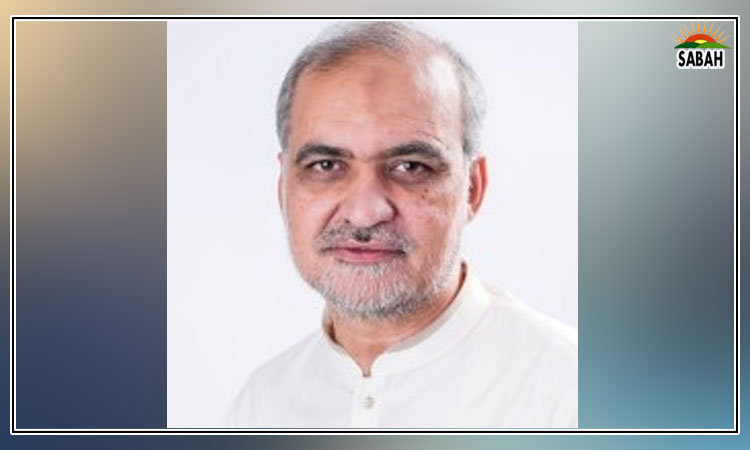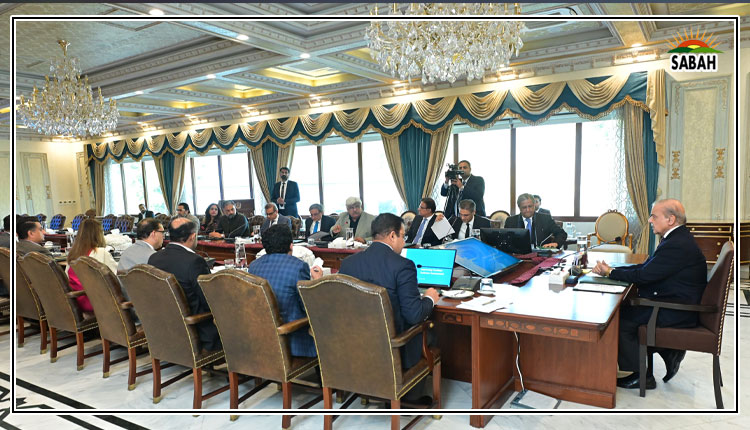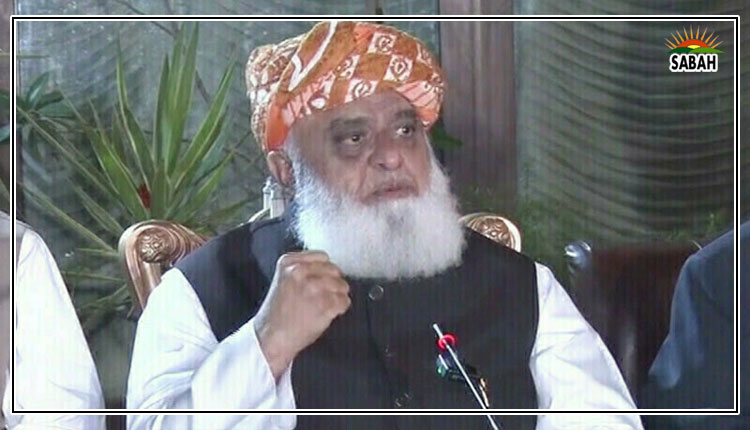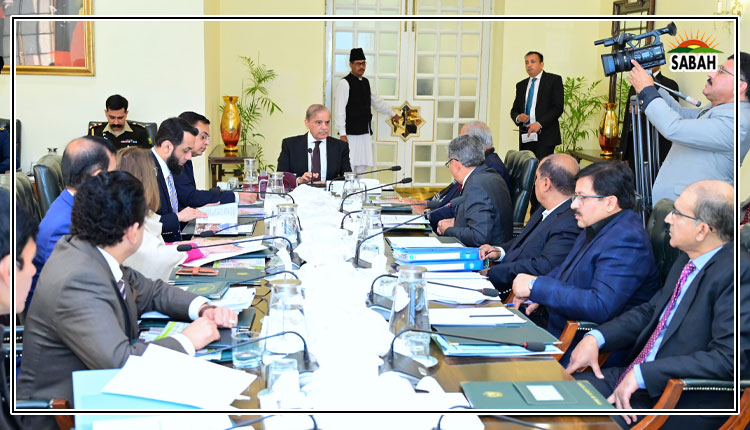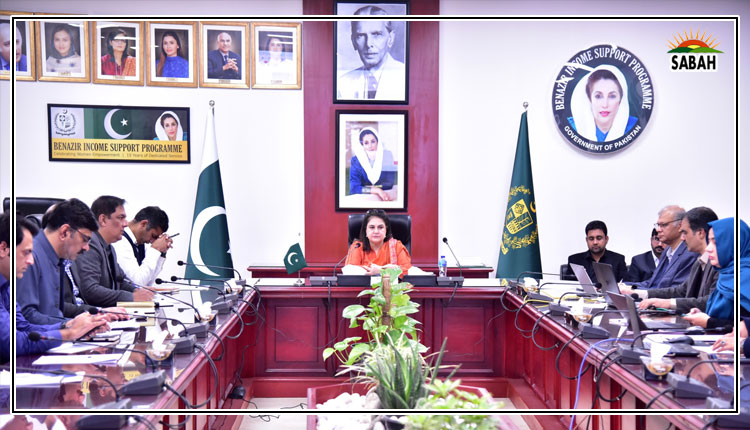Global skills…Neda Mulji
NOW that the lockdown is over, most schools have reverted to in-person teaching and are back in their brick-and-mortar comfort zones. While the human connection is undoubtedly essential for growth and learning, students do need to be prepared for a digital future. We may not have the infrastructure to go digital in a big way, but we can start somewhere. Digital literacy is a painstaking process that requires a conscious effort to build capability consistently. It is now part of global skills and an essential ingredient in childrens education.
Most schools were pushed into online teaching in an unprecedented rush. They found themselves scrambling for options, learning the tools and helping children get onboard. We dont have to wait for another crisis like that to establish the infrastructure for digital learning.
While all teaching and learning doesnt need to be online, a weekly connection session with students who need extra help may serve to motivate and support students. A weekly online meet may also be a useful social hour for students to connect with each other if they are unable to meet up outside of school. Sometimes, this is a seamless way of helping students grapple with technology without the pressure of attending classes. Through weekly online sessions where students get a chance to connect with each other, they can learn communication skills, collaboration, teamwork and get a chance to build interpersonal relationships. In an online social session, its easy for the teacher to play a quick game, arrange students in breakout rooms to solve a puzzle or simply to give them a chance to talk about their day.
In post-pandemic times, where a focus on emotional well-being is essential, teachers can use online strategies to support students. Most will share anecdotes more willingly and confidently online as being behind a screen makes one braver. In the absence of a curriculum with an embedded focus on social and emotional well-being, teachers often have to do their own research to come up with innovative ways.
A good place to start is to reflect on what factors we may have control over and which we dont. Teachers can make a huge impact by creating a positive environment by showing respect through words and behaviour. Children often mirror their teachers and modelling behaviour has a ripple effect throughout the school environment. However, it would be useless to lament about aspects teachers cannot control. For example, they cannot have an impact on the home environment and are often met with resistance when they try enlisting parental support.
Learners need not rely on parental support. In an increasingly digital world, most students will have more technological expertise than their parents. The time is ripe to develop independent learners those who can drive their own learning through online research tools, collaboration across borders, enlisting remote help and learning to keep themselves safe in cyberspace.
No matter what their age, students cannot be expected to become savvy online learners without hands-on experience. Learning to use a computer is not digital literacy. Providing them with space to experiment with online learning platforms, in groups set up within labs equipped with technology, with direction and guidance, can help young learners refine their digital capability.
Theres a wide range of learning opportunities from gamified reading and assessment to massive open courses. Helping learners access these may be the springboard to their future success. After all, Rome wasnt built in a day. It will take time and concerted effort. The secret may lie in making progress in the right direction, however small the steps may be. While the narrative about a lack of resources is real, we do need to move forward towards concrete corrective steps. The Digital Literacy Programme in Kenya, for example, started small. DigiSchool, as it is called, ran on solar power and provided devices to almost 100 per cent of primary school children and their teachers. Building teacher capacity to use technology was part of the initiative. Text, audio, video and graphics were all embedded in the curriculum, and all target schools were connected to a power grid.
Even where we have tried to make strides, there is a pervasive fear of how it may harm children. Theres a general resistance to acknowledging the benefits and it seems far easier to find excuses to delay or fall back on tried and tested ways of delivering the curriculum.
Global skills involve navigating the digital world to find, evaluate and create information and prepare learners for 21st-century needs which we can delay, but not escape.
Courtesy Dawn


